Signs of listeriosis. Understanding Listeriosis: Symptoms, Risks, and Prevention Strategies
What are the signs of listeriosis. How is Listeria monocytogenes transmitted. Who is at risk for severe listeriosis. What foods have been linked to listeriosis outbreaks. How can listeriosis be prevented at home.
What is Listeriosis and How is it Caused?
Listeriosis is a foodborne illness caused by the bacterium Listeria monocytogenes. This pathogenic microorganism thrives in moist environments, including soil, water, and decaying vegetation. Remarkably, L. monocytogenes can survive and even multiply under refrigeration, making it a particularly challenging food safety concern.
The primary mode of transmission for L. monocytogenes is through contaminated food. Contamination can occur at various stages of food production and handling:
- Harvesting
- Processing
- Preparation
- Packaging
- Transportation
- Storage
Environmental factors play a significant role in the spread of L. monocytogenes. The bacteria can infiltrate food processing environments through raw materials, water, soil, and air. Even household pets can become vectors for transmission if they consume contaminated food.

Recognizing the Symptoms of Listeriosis
The manifestation of listeriosis symptoms can vary greatly in both severity and onset time. Mild cases may present with:
- Fever
- Muscle aches
- Nausea
- Vomiting
- Diarrhea
In more severe instances, individuals may experience:
- Headache
- Stiff neck
- Confusion
- Loss of balance
- Convulsions
How long does it take for listeriosis symptoms to appear? The incubation period can range from a few hours to two or three days for initial symptoms. However, more severe forms of the illness may take up to three months to develop fully.
Given the wide range of potential symptoms and their severity, it’s crucial for individuals suspecting a Listeria infection to consult a healthcare provider promptly.
Identifying High-Risk Groups for Listeriosis
While listeriosis can affect anyone, certain groups are particularly vulnerable to severe complications:
- Elderly individuals
- People with weakened immune systems
- Those with chronic diseases
- Pregnant women
- Newborn babies
Why are pregnant women at heightened risk for listeriosis? Pregnant women are especially susceptible due to the potential for severe complications, including miscarriage and stillbirth. Moreover, infants born with listeriosis may face life-threatening health issues requiring immediate medical intervention.
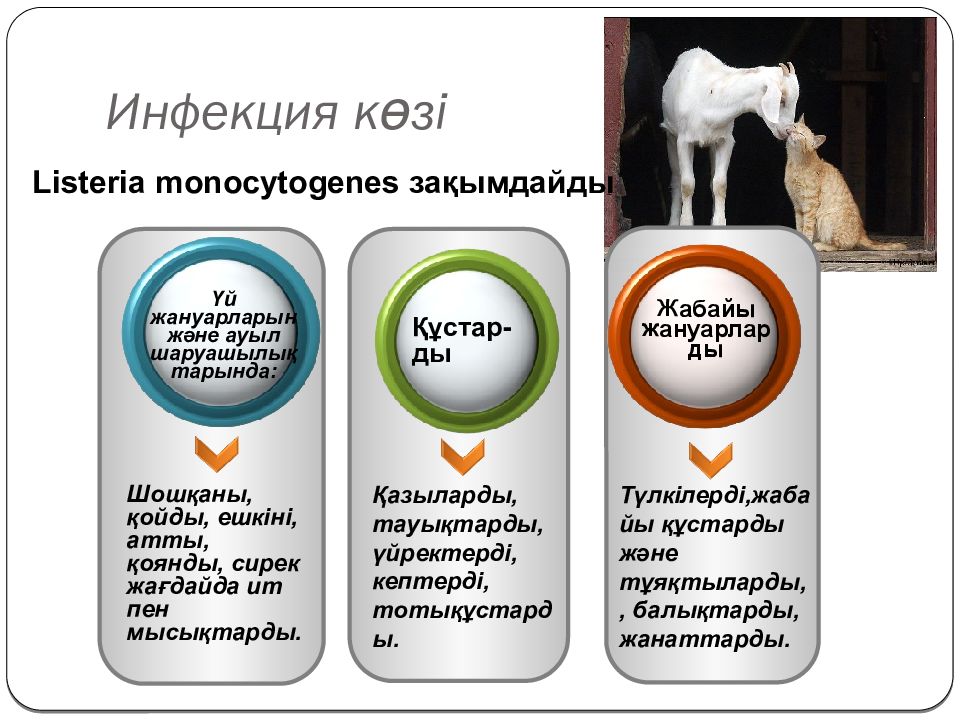
It’s imperative for individuals in these high-risk categories to be particularly vigilant about food safety and to seek immediate medical attention if they suspect listeriosis symptoms.
Foods Commonly Associated with Listeriosis Outbreaks
Historical data from listeriosis outbreaks in the United States have linked the illness to various food sources:
- Raw, unpasteurized milk and cheeses
- Ice cream
- Raw or processed vegetables
- Raw or processed fruits
- Raw or undercooked poultry
- Sausages
- Hot dogs
- Deli meats
- Raw or smoked fish and other seafood
Interestingly, L. monocytogenes has also been detected in raw pet food, highlighting the importance of proper handling and storage of all food products, including those intended for animal consumption.
Effective Strategies for Preventing Listeriosis at Home
Preventing listeriosis begins with proper food handling and storage practices. Here are key strategies to minimize the risk of L. monocytogenes growth and contamination:
Temperature Control
What is the optimal refrigerator temperature to prevent L. monocytogenes growth? Set your refrigerator to 40째F (4째C) and your freezer to 0째F (-18째C). These temperatures help slow down or prevent the growth of L. monocytogenes in ready-to-eat refrigerated foods.
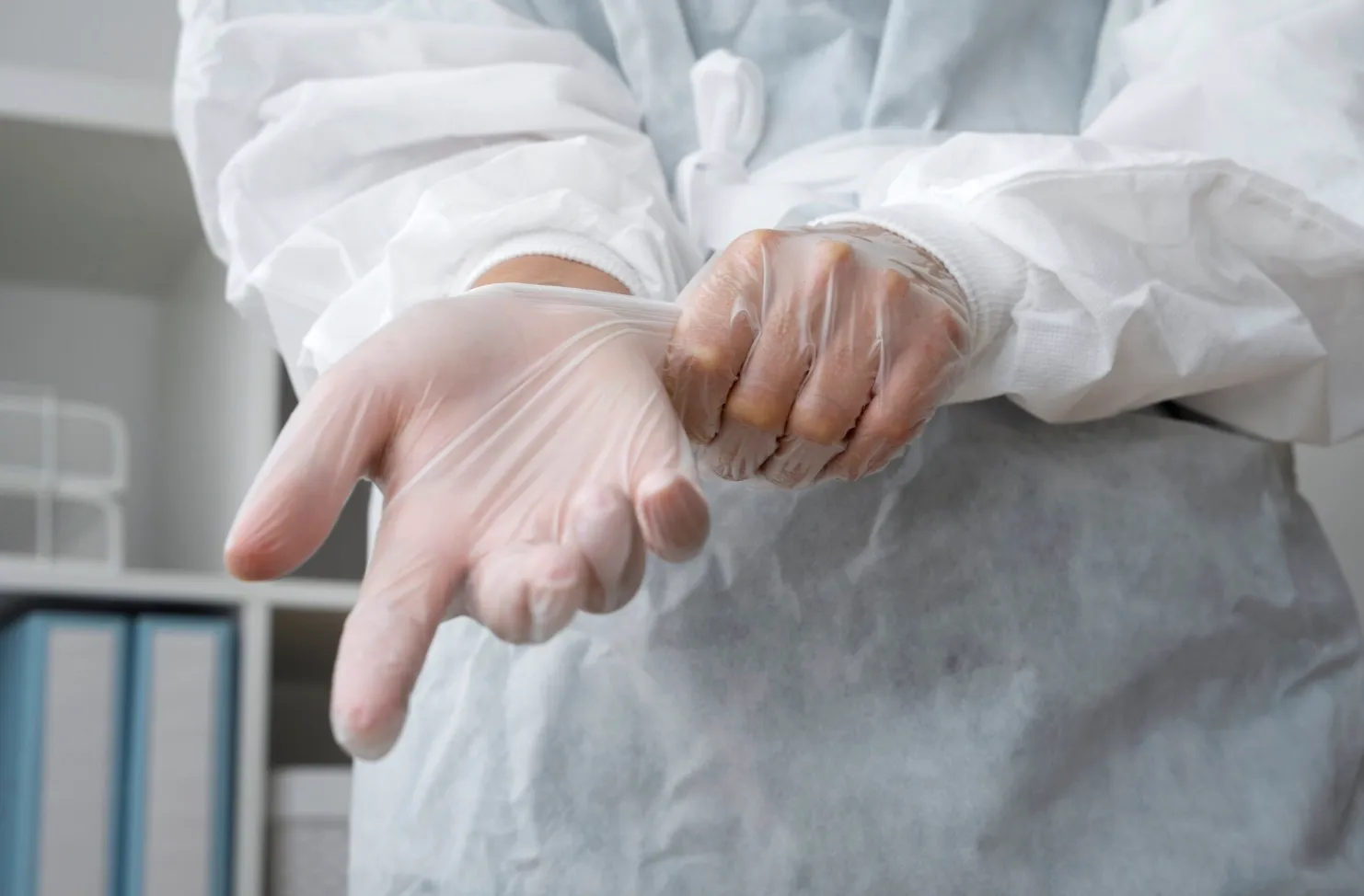
Cleaning and Sanitization
- Regularly clean refrigerator interiors, cutting boards, countertops, and utensils that may have contacted contaminated foods.
- Sanitize surfaces with a solution of one tablespoon of chlorine bleach per gallon of hot water.
- Dry surfaces with clean cloths or unused paper towels.
- Promptly clean up refrigerator spills and maintain a regular cleaning schedule.
Personal Hygiene
How should you wash your hands to prevent listeriosis? Wash hands thoroughly with warm water and soap for at least 20 seconds before and after handling food, as well as following any cleaning or sanitization process.
Food Choices for High-Risk Individuals
Pregnant women, the elderly, and those with compromised immune systems should avoid high-risk foods, including:
- Unpasteurized or raw milk
- Cheeses made from unpasteurized milk
- Raw fish
- Raw sprouts
- Other raw foods with a high risk of L. monocytogenes contamination
Pet Food Handling
For households with pets:
- Avoid cross-contamination when preparing pet food
- Clean pet food dishes thoroughly immediately after use
- Prevent high-risk individuals from handling or being exposed to potentially contaminated pet food or pets that have consumed such food
Reporting Suspected Listeriosis Cases
Consumers play a crucial role in food safety by reporting suspected cases of listeriosis. How can you report a potential listeriosis incident? You can submit a voluntary report, complaint, or adverse event (illness or serious allergic reaction) related to a food product through official channels provided by food safety authorities.

Guidelines for Restaurants and Retailers in Managing Listeria Risks
Food service establishments have a responsibility to maintain strict food safety practices to prevent the spread of L. monocytogenes. What steps should restaurants and retailers take if they suspect Listeria contamination?
- Contact the local health department immediately
- Communicate with customers regarding possible exposure to L. monocytogenes
- Set refrigerators to appropriate temperatures to prevent bacterial growth
- Implement rigorous cleaning and sanitization protocols
- Train staff on proper food handling and hygiene practices
- Regularly inspect and maintain food preparation and storage areas
By following these guidelines, food service establishments can significantly reduce the risk of listeriosis outbreaks and protect their customers’ health.
Advancing Research and Surveillance in Listeriosis Prevention
The fight against listeriosis is an ongoing effort that requires continuous research and surveillance. How are scientists working to prevent future outbreaks? Current areas of focus include:
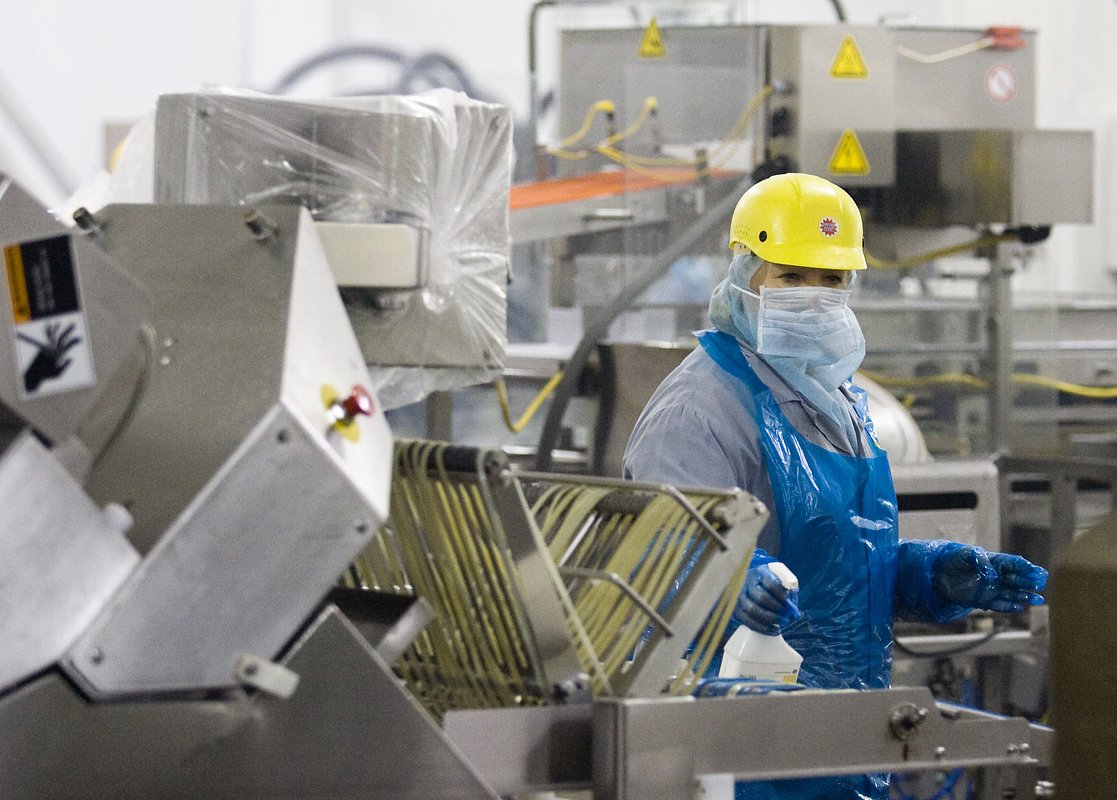
- Developing more sensitive detection methods for L. monocytogenes in food and environmental samples
- Investigating new food processing technologies that can eliminate or reduce Listeria contamination
- Studying the genetic factors that contribute to L. monocytogenes’ ability to survive in harsh environments
- Improving traceback systems to quickly identify and contain sources of contamination
- Enhancing education and training programs for food handlers and consumers
These efforts aim to create a more robust food safety system that can better prevent, detect, and respond to potential listeriosis threats.
The Role of Genomic Sequencing in Listeria Detection
Advancements in genomic sequencing technology have revolutionized the way health officials track and respond to listeriosis outbreaks. How does genomic sequencing help in fighting Listeria? This powerful tool allows researchers to:
- Identify specific strains of L. monocytogenes with unprecedented accuracy
- Link cases that may seem unrelated, revealing hidden outbreak patterns
- Track the evolution of Listeria strains over time, providing insights into their adaptability and virulence
- Develop more targeted interventions based on the genetic profiles of outbreak strains
The integration of genomic sequencing into routine food safety protocols represents a significant leap forward in the battle against listeriosis.

Innovative Food Packaging Technologies
The food industry is exploring cutting-edge packaging solutions to combat L. monocytogenes contamination. What new packaging technologies show promise in preventing listeriosis? Some promising innovations include:
- Antimicrobial packaging materials that actively inhibit bacterial growth
- Smart packaging with built-in sensors to detect the presence of L. monocytogenes
- Modified atmosphere packaging that creates an environment inhospitable to Listeria growth
- Edible coatings with natural antimicrobial properties for fresh produce
These technologies aim to provide an additional layer of protection against listeriosis, complementing existing food safety measures.
The Potential of Bacteriophage Therapy
Bacteriophages, viruses that specifically target and kill bacteria, are emerging as a potential tool in the fight against L. monocytogenes. How could bacteriophage therapy help prevent listeriosis? This approach offers several advantages:
- High specificity, targeting only L. monocytogenes without affecting beneficial bacteria
- Potential for use as a natural food preservative
- Ability to reach bacteria in biofilms, which are often resistant to conventional sanitizers
- Reduced risk of developing antibiotic resistance compared to traditional antibiotics
While still in the research phase, bacteriophage therapy shows promise as a targeted and environmentally friendly method for controlling L. monocytogenes in food production environments.
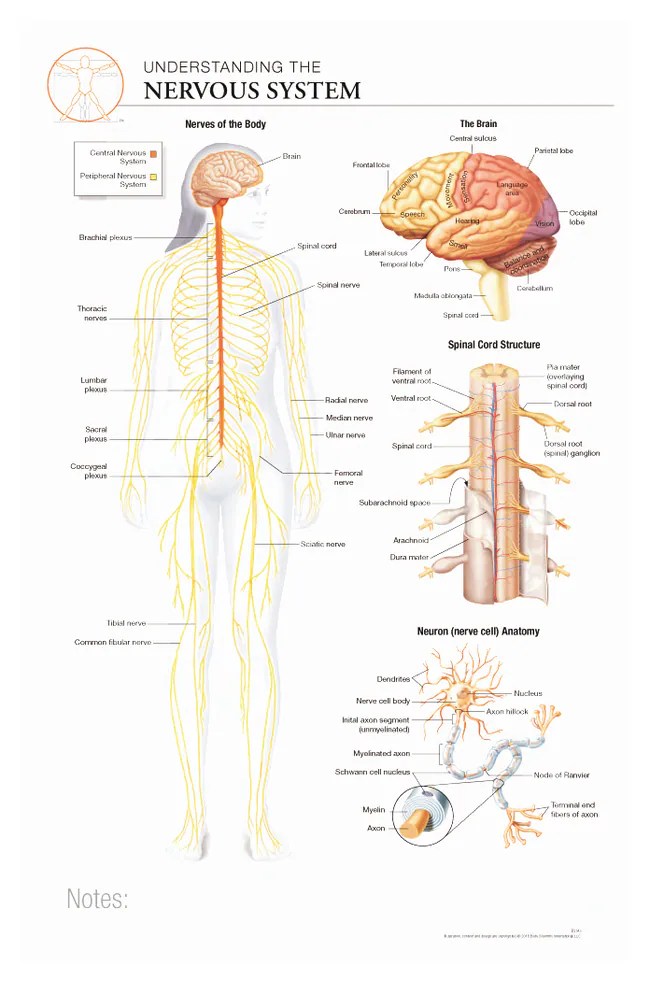
Global Efforts to Combat Listeriosis
Listeriosis is a global concern that requires international cooperation to address effectively. How are countries working together to prevent listeriosis outbreaks? Key collaborative efforts include:
- Sharing outbreak data and genetic sequencing information through international databases
- Harmonizing food safety standards and regulations across borders
- Conducting joint research projects to better understand L. monocytogenes behavior and control measures
- Developing global early warning systems for foodborne illness outbreaks
- Providing technical assistance and capacity building for developing countries to improve their food safety systems
These international initiatives aim to create a more unified and effective global response to the threat of listeriosis.
The One Health Approach to Listeriosis Prevention
The One Health concept recognizes the interconnectedness of human, animal, and environmental health. How does this approach apply to listeriosis prevention? The One Health framework encourages:

- Collaboration between human and veterinary medicine professionals
- Integrated surveillance of L. monocytogenes in humans, animals, and the environment
- Holistic strategies that address Listeria contamination throughout the food chain
- Consideration of ecological factors that influence L. monocytogenes persistence in various environments
By adopting a One Health approach, researchers and policymakers can develop more comprehensive and effective strategies for preventing listeriosis outbreaks.
The Role of Artificial Intelligence in Listeria Detection
Artificial intelligence (AI) and machine learning are increasingly being applied to food safety challenges, including the detection and prevention of listeriosis. How can AI contribute to the fight against L. monocytogenes? AI technologies offer several promising applications:
- Analyzing large datasets to identify patterns and predict potential outbreak hotspots
- Automating the analysis of genomic sequencing data to rapidly identify and track Listeria strains
- Optimizing food processing parameters to minimize the risk of L. monocytogenes contamination
- Enhancing supply chain traceability to quickly pinpoint sources of contamination
As AI technologies continue to evolve, they have the potential to revolutionize listeriosis prevention and control strategies.
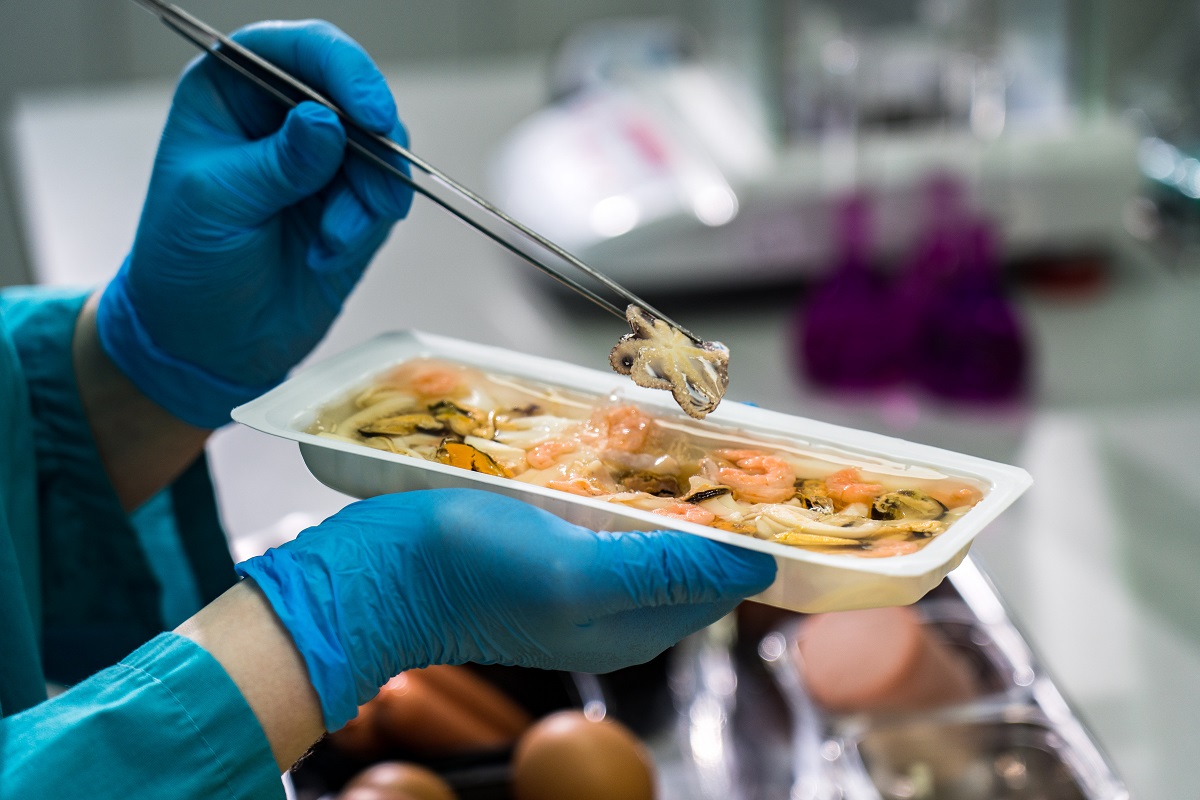
Consumer Education and Empowerment in Listeriosis Prevention
While regulatory agencies and food producers play a crucial role in preventing listeriosis, consumers also have a significant part to play. How can individuals protect themselves and their families from L. monocytogenes infection? Key strategies include:
- Staying informed about food recalls and safety alerts
- Understanding high-risk foods and making informed choices, especially for vulnerable populations
- Practicing proper food handling and storage techniques at home
- Being aware of listeriosis symptoms and seeking prompt medical attention when necessary
- Advocating for strong food safety policies and regulations
Empowering consumers with knowledge and tools to make safe food choices is essential for reducing the overall incidence of listeriosis.
The Impact of Climate Change on Listeriosis Risk
As global temperatures rise, the potential impact of climate change on foodborne illnesses, including listeriosis, is becoming a growing concern. How might climate change affect L. monocytogenes prevalence and distribution? Potential effects include:

- Alterations in the geographic range of L. monocytogenes, potentially introducing the bacteria to new areas
- Changes in soil and water conditions that could favor L. monocytogenes growth
- Increased stress on food production systems, potentially leading to lapses in safety protocols
- Shifts in consumer food preferences and consumption patterns that may affect exposure risks
Understanding and preparing for these potential impacts will be crucial for maintaining effective listeriosis prevention strategies in a changing climate.
Emerging Technologies in Rapid Listeria Detection
Quick and accurate detection of L. monocytogenes is crucial for preventing listeriosis outbreaks. What new technologies are being developed to improve Listeria detection? Promising innovations include:
- Biosensors that can detect L. monocytogenes in food samples within minutes
- Portable, field-deployable devices for on-site testing in food production facilities
- Advanced imaging techniques that can visualize L. monocytogenes in complex food matrices
- Nanotechnology-based detection methods with enhanced sensitivity and specificity
These emerging technologies have the potential to significantly reduce the time and cost associated with L. monocytogenes detection, enabling more frequent and comprehensive testing throughout the food supply chain.
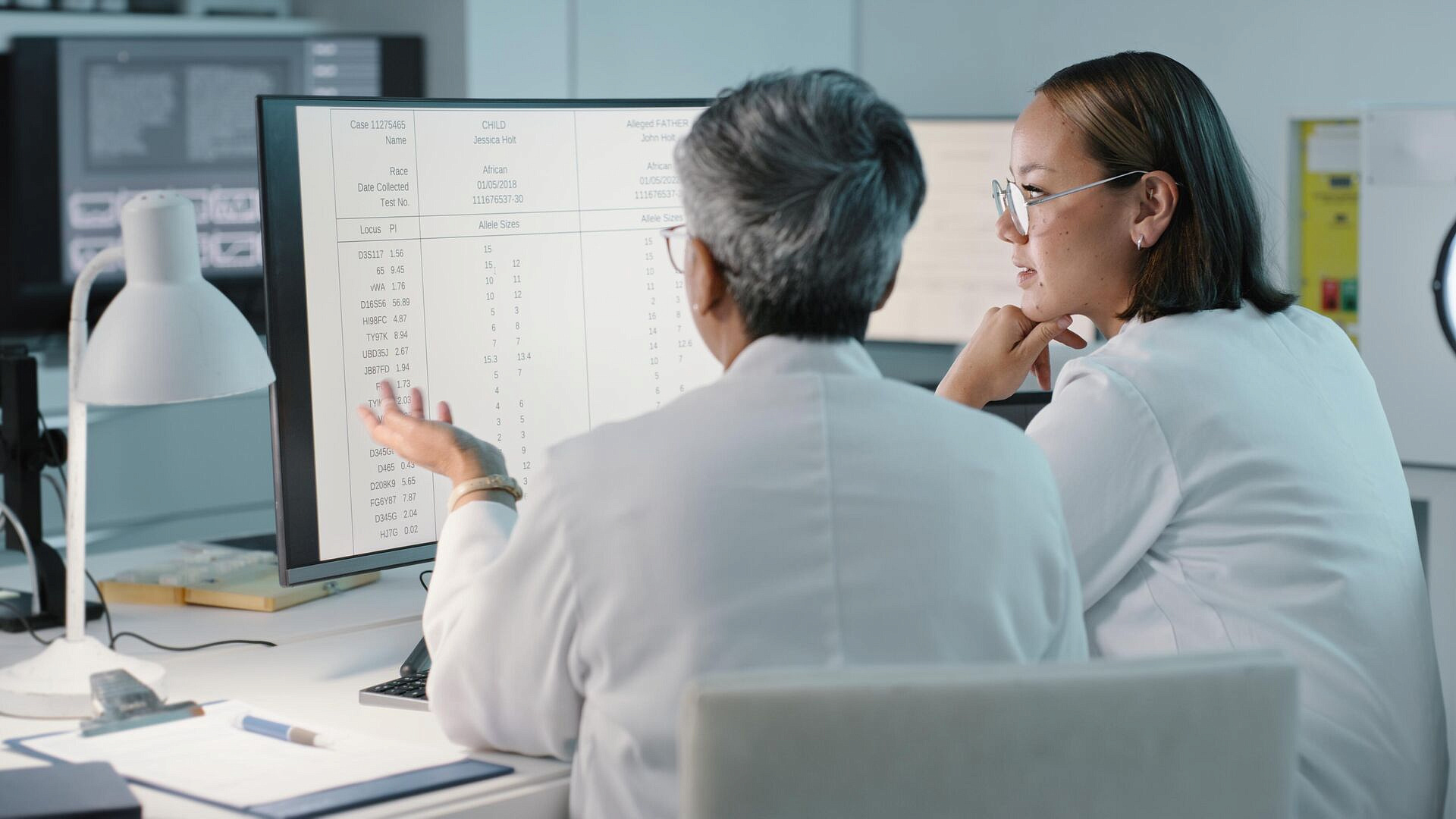
Listeria (Listeriosis) | FDA
Listeria monocytogenes (L. monocytogenes) is a species of pathogenic (disease-causing) bacteria that can be found in moist environments, soil, water, decaying vegetation and animals, and can survive and even grow under refrigeration and other food preservation measures. When people eat food contaminated with L. monocytogenes, they may develop a disease called listeriosis.
L. monocytogenes is generally transmitted when food is harvested, processed, prepared, packed, transported or stored in environments contaminated with L. monocytogenes. Environments can be contaminated by raw materials, water, soil, and incoming air. Pets can also spread the bacteria in the home environment if they eat food contaminated with L. monocytogenes.
Symptoms
There are a range of symptoms for listeriosis. Depending on the severity of the illness, symptoms may last from days to several weeks. Mild symptoms may include a fever, muscle aches, nausea, vomiting, and diarrhea. If the more severe form of listeriosis develops, symptoms may include headache, stiff neck, confusion, loss of balance, and convulsions. For the very young, the elderly, and the immune-compromised listeriosis can result in death.
If the more severe form of listeriosis develops, symptoms may include headache, stiff neck, confusion, loss of balance, and convulsions. For the very young, the elderly, and the immune-compromised listeriosis can result in death.
People infected with L. monocytogenes may start to see symptoms in a few hours or as long as two to three days after eating contaminated food. More severe forms of listeriosis may take anywhere from three days to three months to develop.
Due to the range in severity of illness, people should consult their health care provider if they suspect that they have developed symptoms that resemble a(n) L. monocytogenes infection.
At-Risk Groups
The severity of listeriosis varies and in some cases can be fatal, especially among the elderly, people with weakened immune systems or chronic diseases.
Listeriosis can be particularly dangerous for pregnant women and their newborn babies, leading to serious complications with their pregnancy, including miscarriage and stillbirth. Babies born with a listeriosis infection may develop severe health complications that require immediate medical attention, lead to lifelong health problems, or result in death. Women who suspect they have symptoms of listeriosis (muscles aches, nausea, stiffness in neck, headaches, etc.) should seek medical care immediately and tell their health provider what they ate. Learn more about People at Risk of Foodborne Illness.
Babies born with a listeriosis infection may develop severe health complications that require immediate medical attention, lead to lifelong health problems, or result in death. Women who suspect they have symptoms of listeriosis (muscles aches, nausea, stiffness in neck, headaches, etc.) should seek medical care immediately and tell their health provider what they ate. Learn more about People at Risk of Foodborne Illness.
Foods Linked to U.S. Outbreaks of Listeriosis
Past listeriosis outbreaks in the U.S. have been linked to raw, unpasteurized milks and cheeses, ice cream, raw or processed vegetables, raw or processed fruits, raw or undercooked poultry, sausages, hot dogs, deli meats, and raw or smoked fish and other seafood. L. monocytogenes has also been found in raw pet food.
Preventing Foodborne Illness at Home
The longer ready-to-eat refrigerated foods contaminated with L. monocytogenes are stored in the refrigerator, the more opportunity this pathogen has to grow. To slow down or prevent the growth of L. monocytogenes, set the refrigerator to 40 degrees Fahrenheit (4 degrees Celsius), and the freezer to 0 degrees Fahrenheit (-18 degrees Celsius).
To slow down or prevent the growth of L. monocytogenes, set the refrigerator to 40 degrees Fahrenheit (4 degrees Celsius), and the freezer to 0 degrees Fahrenheit (-18 degrees Celsius).
Consumers should also follow these simple steps:
- Wash the inside walls and shelves of the refrigerator, cutting boards and countertops, and utensils that may have contacted contaminated foods; then sanitize them with a solution of one tablespoon of chlorine bleach to one gallon of hot water; dry with a clean cloth or paper towel that has not been previously used.
- Wipe up spills in the refrigerator immediately and clean the refrigerator regularly.
- Wash hands with warm water and soap for at least 20 seconds before and after handling food and following any cleaning and sanitation process.
- Pregnant women, the elderly and those with weakened immune systems should avoid certain foods, including unpasteurized or raw milk, cheeses made from unpasteurized milk, raw fish raw sprouts and some other raw foods, which carry a high risk for L.
 monocytogenes.
monocytogenes. - People with pets should take special care to avoid cross-contamination when preparing their pet’s food. Be sure to pick up and thoroughly wash food dishes as soon as pets are done eating, and prevent children, the elderly, and any other people with weak immune systems from handling or being exposed to the food or pets that have eaten potentially contaminated food.
- Consumers can also submit a voluntarily report, a complaint, or adverse event (illness or serious allergic reaction) related to a food product.
Advice for Restaurants and Retailers
Retailers and/or other food service operators who have handled recalled or other potentially contaminated food in their facilities should:
- Contact their local health department and communicate to their customers regarding possible exposure to L. monocytogenes.
- To prevent the growth of L. monocytogenes, set the refrigerator to 40 degrees Fahrenheit (4 degrees Celsius), and set the freezer to 0 degrees Fahrenheit (-18 degrees Celsius).

- Wash the inside walls and shelves of the refrigerator, cutting boards and countertops, and utensils that may have contacted contaminated foods; then sanitize them with a solution of one tablespoon of chlorine bleach to one gallon of hot water; dry with a clean cloth or paper towel that has not been previously used.
- Wash and sanitize display cases and surfaces used to potentially store, serve, or prepare potentially contaminated foods.
- Wash hands with warm water and soap following the cleaning and sanitation process.
- Conduct regular frequent cleaning and sanitizing of cutting boards and utensils used in processing to help minimize the likelihood of cross-contamination.
Unlike most bacteria, L. monocytogenes can grow at refrigeration temperatures and freezing will not eliminate or reduce the pathogen. The FDA recommends that retailers implement time and temperature controls to reduce the opportunity for the growth of L. monocytogenes. L. monocytogenes can also cross-contaminate other food that has been cut and served on the same cutting board or stored in the same area. Retailers should check with your state for specific guidance. More information can be found in the FDA Food Code 2017.
monocytogenes. L. monocytogenes can also cross-contaminate other food that has been cut and served on the same cutting board or stored in the same area. Retailers should check with your state for specific guidance. More information can be found in the FDA Food Code 2017.
Additional Information
- Listeria (CDC)
- FDA Food Code 2017
- Keep Listeria Out of Your Kitchen
- Preventing Listeria Infections: What You Need to Know
- Environmental Assessments from Foodborne Illness or Contamination Events
- FDA Issues Country-Wide Import Alert for Enoki Mushrooms from the Republic of Korea (July 2022)
Who to Contact
To report a complaint or adverse event (illness or serious allergic reaction), you can
- Call an FDA Consumer Complaint Coordinator if you wish to speak directly to a person about your problem.
- Complete an electronic Voluntary MedWatch form online.

- Complete a paper Voluntary MedWatch form that can be mailed to FDA.
Visit www.fda.gov/fcic for additional consumer and industry assistance.
Submit Questions Electronically
Get E-mail Updates
Follow Us on Twitter
Outbreak of Foodborne Illness
Food Safety for Pregnant Women
Listeria and Pregnancy | ACOG
-
Listeria is a kind of bacteria that is found in soil, water, and some animals, including cattle and poultry. When eaten, Listeria causes a foodborne illness called listeriosis. Listeriosis is one of the most serious types of food poisoning.
-
Listeriosis can cause mild, flu-like symptoms such as fever, chills, muscle aches, and diarrhea or upset stomach.
 You also may have a stiff neck, headache, confusion, or loss of balance. Symptoms may appear as late as 2 months after you have eaten something with Listeria. Many pregnant women do not have any symptoms. Even if you do not feel sick, you can pass the infection to your fetus.
You also may have a stiff neck, headache, confusion, or loss of balance. Symptoms may appear as late as 2 months after you have eaten something with Listeria. Many pregnant women do not have any symptoms. Even if you do not feel sick, you can pass the infection to your fetus. -
Pregnant women are 10 times more likely to get listeriosis than the general population. Vomiting and diarrhea can cause the body to lose too much water. This is called dehydration. Listeriosis also can cause miscarriage, stillbirth, or preterm labor.
-
Babies born with listeriosis may have serious infections of the blood or brain. Listeriosis can cause lifelong health problems for your baby, including intellectual disability, paralysis, seizures, blindness, or problems with the brain, kidneys, or heart.
 Listeriosis also can cause death in newborns.
Listeriosis also can cause death in newborns. -
If you think you have eaten food contaminated with Listeria or if you have any of the symptoms of listeriosis, contact your obstetrician–gynecologist (ob-gyn) or other health care professional right away. Remember that it can take 2 months for symptoms to appear.
-
Your ob-gyn or other health care professional may give you a blood test to see if you have listeriosis. You may need to take antibiotics to treat the infection and prevent your fetus from becoming infected.
-
To help prevent listeriosis, avoid eating the following foods while you are pregnant:
Unpasteurized milk and foods made with unpasteurized milk, including soft cheeses
Hot dogs and luncheon meats, unless they are heated until steaming hot just before serving
Refrigerated pâté and meat spreads
Refrigerated smoked seafood
Unwashed raw produce such as fruits and vegetables
Avoid all raw and undercooked seafood, eggs, meat, and poultry while you are pregnant.
 Do not eat sushi made with raw fish (cooked sushi is safe). Cooking and pasteurization are the only ways to kill Listeria.
Do not eat sushi made with raw fish (cooked sushi is safe). Cooking and pasteurization are the only ways to kill Listeria. -
Follow these steps for food safety:
Clean
Wash your hands for at least 20 seconds before and after touching raw food, and after using the bathroom, changing diapers, or touching an animal.
Rinse all raw produce thoroughly under running water before eating, peeling, cutting, or cooking.
Do not rinse raw meat or poultry before cooking. That can spread bacteria to other kitchen surfaces.
Keep your kitchen clean. Wash your utensils, countertops, and cutting boards with soap and hot water after using them.
Separate
Keep raw meat, poultry, eggs, seafood, and their juices away from other food.

Use a separate cutting board for raw meat, poultry, and seafood.
Do not put cooked food on a plate that also held raw food, unless the plate was washed.
Do not put cooked food in the same sauce that was used to marinate raw food, unless the sauce is boiled first.
Cook
Use a food thermometer to check that meat, poultry, seafood, and eggs are at a safe temperature.
Place the food thermometer in the thickest part of the food, away from bone, fat, and gristle.
Cover, stir, and rotate food in a microwave to cook the food evenly. Allow for standing time before using a food thermometer.
Chill
Keep your refrigerator at 40°F or below and your freezer at 0°F or below.
Thaw food in a refrigerator, microwave, or cold water.
 Cook food immediately after thawing in a microwave or cold water.
Cook food immediately after thawing in a microwave or cold water.Meat and poultry thawed in the refrigerator may be refrozen before or after cooking. If thawed in a microwave or cold water, cook before refreezing.
Do not leave perishable food at room temperature for more than 2 hours (1 hour when the outside temperature is above 90°F).
Only buy eggs that are refrigerated. Store eggs in the refrigerator in their original carton and use within 3–5 weeks.
Only buy precut produce that is refrigerated or surrounded by ice. Keep precut produce refrigerated at home.
-
Antibiotics: Drugs that treat certain types of infections.
Fetus: The stage of human development beyond 8 completed weeks after fertilization.

Listeriosis: A type of illness you can get from bacteria found in unpasteurized milk, hot dogs, luncheon meats, and smoked seafood.
Miscarriage: Loss of a pregnancy that is in the uterus.
Obstetrician–Gynecologist (Ob-Gyn): A doctor with special training and education in women’s health.
Pasteurization: The process of heating certain foods to a specific temperature for a set period of time to kill harmful bacteria.
Preterm: Less than 37 weeks of pregnancy.
Stillbirth: Birth of a dead fetus.
Don’t have an ob-gyn? Search for doctors near you.
FAQ501
Published: June 2018
Last reviewed: August 2022
Copyright 2023 by the American College of Obstetricians and Gynecologists. All rights reserved. Read copyright and permissions information.
This information is designed as an educational aid for the public./natural-treatments-for-endometriosis-89275_redraw_color1-5c454e9b46e0fb00012da9c8.png) It offers current information and opinions related to women’s health. It is not intended as a statement of the standard of care. It does not explain all of the proper treatments or methods of care. It is not a substitute for the advice of a physician. Read ACOG’s complete disclaimer.
It offers current information and opinions related to women’s health. It is not intended as a statement of the standard of care. It does not explain all of the proper treatments or methods of care. It is not a substitute for the advice of a physician. Read ACOG’s complete disclaimer.
Listeriosis: Causes, Symptoms, Treatment | doc.ua
Listeriosis is a disease that begins when Listeria monocytogenes enters the body. The disease is quite serious – in 30% of cases, listeriosis is fatal, so it is very important to know how to protect yourself from it. Listeriosis can develop in a few days or two months.
Attention!
Here you can choose a doctor who treats Listeriosis If you are not sure about the diagnosis, make an appointment with a general practitioner or general practitioner to clarify the diagnosis.
Causes
Usually, the listeriosis pathogen enters the body along with contaminated foods, as a result of which it enters the spleen, liver, lungs, lymph nodes and nervous system through the blood or lymphatic vessels. This is how foci of necrosis appear in the body, which are called listeriomas. Listeriosis in humans develops depending on the strength of the immune system, which is why severe brain damage can be observed mainly only in infants and immunocompromised patients.
This is how foci of necrosis appear in the body, which are called listeriomas. Listeriosis in humans develops depending on the strength of the immune system, which is why severe brain damage can be observed mainly only in infants and immunocompromised patients.
Listeriosis can be contracted:
- through poorly cooked meat or root crops. The danger is fraught with soft cheeses and meat products that are in vacuum packaging;
- while caring for a patient with listeriosis;
- by inhaling dust in rooms where skins are dressed or animal wool is processed;
- due to an insect bite, more often a tick;
- sexually;
- due to transplantation of internal organs, mainly kidneys.
Workers in poultry farms and farms are most at risk of contracting this disease, so you should be very careful about safety in such work.
Symptoms
As you know, the sooner the disease is detected, the easier it is to cure the patient.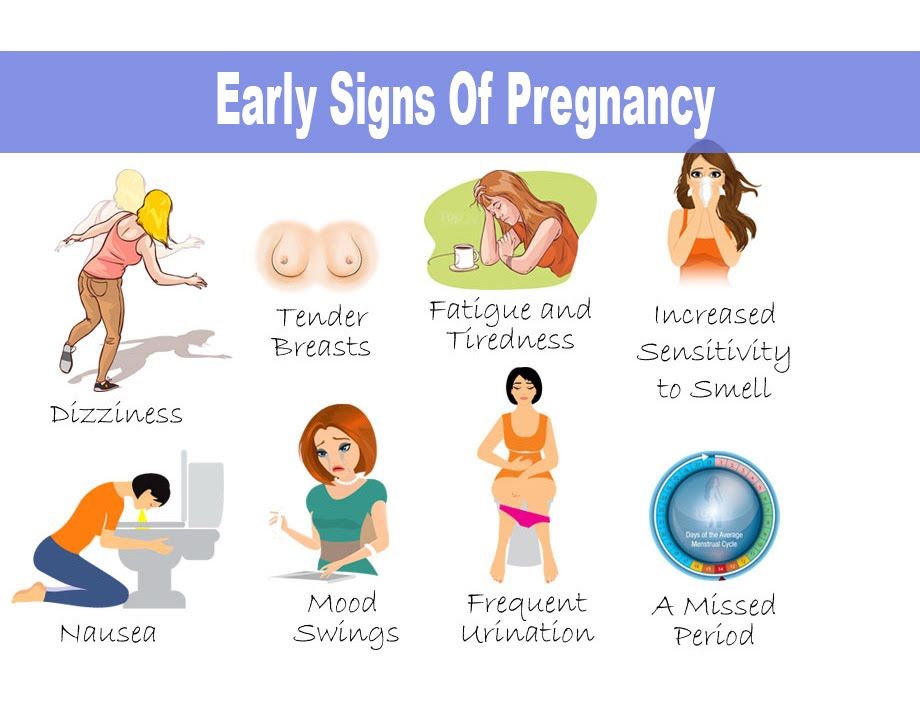 And therefore, in order to successfully cure listeriosis, the symptoms should be known now: this will help to identify the disease faster.
And therefore, in order to successfully cure listeriosis, the symptoms should be known now: this will help to identify the disease faster.
Analysis for listeriosis can reveal four forms of the disease: glandular (which, in turn, has anginal-glandular and oculo-glandular variants), gastroenteric, nervous and septic.
Glandular:
- Anginal:
- high temperature;
- general intoxication of the body;
- signs characteristic of angina;
- enlargement of the spleen and liver.
- Eye variant:
- narrowing of the slits of the eyes;
- blurred vision;
- Conjunctivitis: unilateral purulent, with burning sensations in the eyes, redness of the eyes and copious flow of tears.
Gastroenteric:
- very rapid temperature increase, up to 40 degrees;
- headache;
- severe chills;
- pain in joints and muscle tissue;
- vomiting and nausea, cramping abdominal pain, loose stools;
- impurities of blood and mucus in the feces.

This form of the disease is also characterized by the fact that the development of infectious-toxic shock is possible.
Nervous:
- high temperature;
- severe headache (increasing), loss of consciousness;
- muscle spasms.
Listeriosis in pregnant women is scary with this form, because it is very typical for newborns, to whom the disease can be transmitted from their mother. Moreover, the fetus can become infected with this disease both during gestation and during childbirth. Infection of the fetus threatens many: this is a spontaneous abortion, and the birth of a dead child, and the birth of a child who will have any malformations. With all this, congenital listeriosis threatens with a high risk of death and is considered one of the most severe options for the development of an infectious disease.
However, the clinical manifestations of the congenital disease are not specific. It can be a high fever or a change in the pulse, impaired appetite (the child refuses to feed), vomiting, “cyanosis” of the skin, nodular rash (tubercles), jaundice, meningitis, general lethargy and lethargy.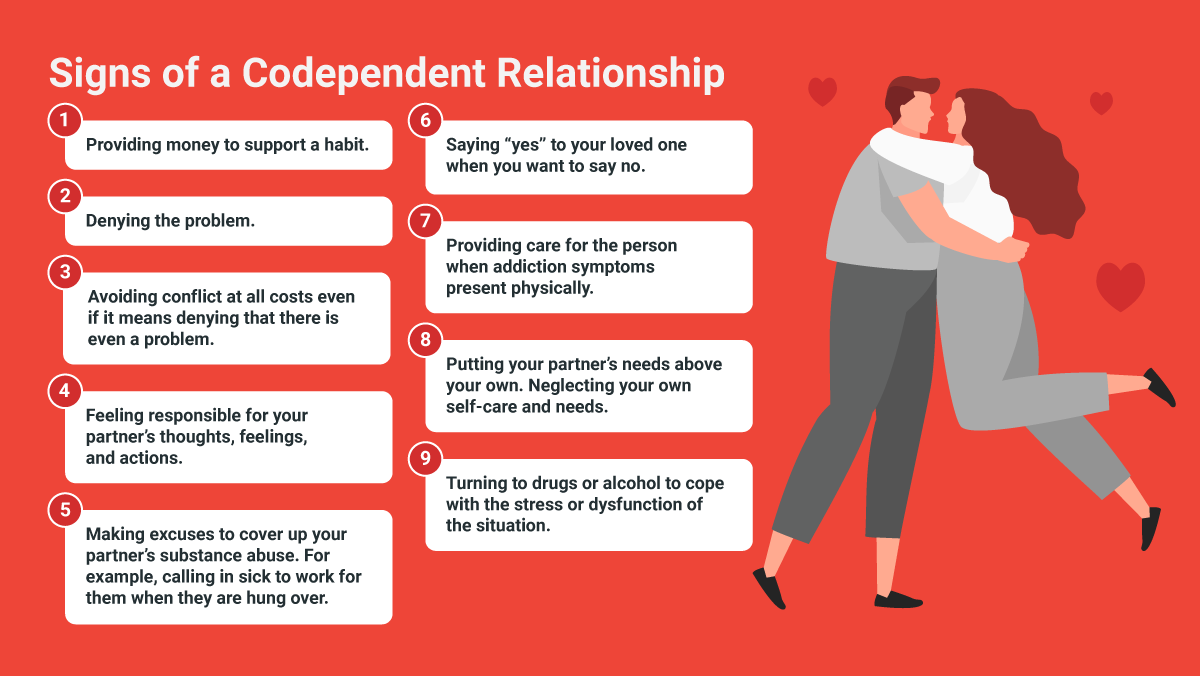
Septic:
- frequent chills;
- changes in body temperature;
- rash – large elements in the area of the joints, on the face in the form of a butterfly;
- frequent pneumonia, jaundice and hepatitis.
Listeriosis is insidious, the diagnosis of the septic form is the most difficult, since in this form the disease develops extremely slowly. The septic form can begin with the fact that it will cut in the eyes and tickle in the throat. Also, this form is most common in newborns and people with weakened immune systems.
Chronic
Chronic disease is also possible. In this case, the pathogen can be in the body for a very long time and will not show any clinical symptoms. Only occasionally can listeriosis exacerbate: mild flu-like illnesses or chronic pyelitis in an exacerbated form.
Diagnosis
Symptoms of listeriosis are very similar to those of many other diseases. It is for this reason that listeriosis is usually diagnosed through laboratory diagnostics.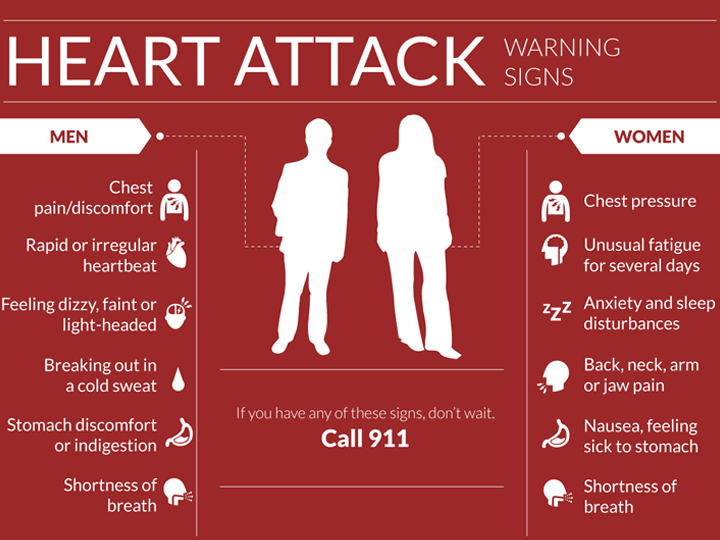 There is a bacteriological method: it is aimed at isolating Listeria from the blood, a smear of the vagina, tonsils is taken.
There is a bacteriological method: it is aimed at isolating Listeria from the blood, a smear of the vagina, tonsils is taken.
Polymerase chain reaction or PCR is also performed. It is aimed at detecting sections of the DNA of the causative agent of the disease. Serological diagnostics is carried out to determine the immunoglobulin in human serum.
Treatment
Listeriosis is a serious disease and is often treated with hospitalization, although patients with glandular disease are treated on an outpatient basis. Listeriosis is treated with antibiotics. If there is severe intoxication, as well as dehydration, then during inpatient treatment, the patient is administered saline solutions intravenously. Symptomatic therapy is also carried out, for example, a patient with listeriosis with an ocular-glandular variant of the glandular form needs the treatment of conjunctivitis.
Never self-medicate listeriosis. It is imperative to contact the infectious disease doctor so that he clarifies the origin of the disease in this particular case and selects the appropriate therapy for this particular case.
Prevention
If you want to drink milk or eat meat, make sure that these products are subjected to heat treatment without fail. Be sure to follow the rules of hygiene and sanitation if you work in enterprises where animal carcasses are processed, as well as if you work in poultry farms or meat processing plants.
Careful sanitary control is also required, aimed at products that enter the store shelves.
Complications
This disease brings a number of consequences and complications to the unfortunate owner.
Since listeriomas form in the tissues of the central nervous system, this can lead to the development of meningitis, as well as encephalitis and even meningoencephalitis.
If a patient has a nervous form of listeriosis, this threatens him with the development of hydrocephalus, as well as dementia, and the septic form may result in the development of an infectious-toxic shock for the patient. In this case, the patient’s condition will be very serious, due to the action of toxins on the body, it may even end in a coma.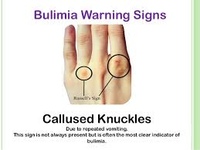
Respiratory failure and asymptomatic carriers are also possible.
4 main symptoms of listeriosis and how to avoid it
Listeriosis is a foodborne bacterial disease that can lead to devastating consequences for pregnant women and people with weakened immune systems. Listeria is most commonly found in improperly processed and cooked meats and unpasteurized dairy products.
Healthy people rarely experience this infection, but it can be fatal for newborns or unborn babies. Immunocompromised individuals are also at higher risk of life-threatening complications. That is why, at the first suspicion, it is necessary to take an analysis for listeriosis. Timely treatment helps prevent or mitigate the development of complications.
The peculiarity of this bacterium is the ability to survive and develop in chilled and even frozen foods. For this reason, people who are at higher risk of infection should avoid foods that may contain this bacterium.
If you develop this infection, you may experience the following symptoms:
- Fever,
- Muscle pain,
- Nausea,
- Diarrhea.

Symptoms of listeriosis may appear several days after eating contaminated food. However, for some, a month or even more passes before the first signs of the disease appear.
If Listeria spreads to the nervous system, the patient may experience additional symptoms, including:
- Headaches,
- Hardening of the neck muscles,
- Confusion in the mind,
- Loss of balance,
- Seizures.
How does listeriosis manifest during pregnancy and newborns?
Compared to other healthy adults, pregnant women are more susceptible to this infection. In most pregnant women, the bacterium causes only mild symptoms. But the consequences for the child can be dire. The baby may die unexpectedly or face a life-threatening infection during the first days after birth. Sometimes miscarriages happen.
As with adults, listeriosis symptoms in newborns may be mild. They include:
- Weak desire to eat,
- Irritability,
- Fever,
- Vomiting.

Listeriosis in immunocompromised people:
This category of people includes:
- Over 60s,
- Patients with HIV/AIDS,
- People undergoing chemotherapy,
- People with kidney disease or diabetes,
- People taking large doses of prednisone or certain drugs for rheumatoid arthritis,
- People taking drugs after organ transplants (immunosuppressants).
Listeria can be found in soil, water, or animal feces. Most often, people become infected after eating:
- Contaminated meat0018
- Raw vegetables that have been contaminated from soil or manure used as fertilizer.
When to run to the doctor?
If you’ve been eating foods that have since been taken off the market because of Listeria, listen to your body. If the four main symptoms appear, immediately go to the doctor. The same goes for eating foods that may have been contaminated: unpasteurized milk, an undercooked hot dog, or deli meats. If after using them symptoms of listeriosis appear, go get tested.
If after using them symptoms of listeriosis appear, go get tested.
If you have additional symptoms that affect the nervous system, call an ambulance. These symptoms may indicate the development of one of the life-threatening complications – bacterial meningitis.
In most cases, this infection is so mild that patients may not notice anything. But this does not negate the fact that this disease can lead to life-threatening complications. These include:
- Blood poisoning (septicemia),
- Inflammation of the membranes and fluid that surrounds the brain (meningitis),
- Miscarriage in early pregnancy (in 20% of cases),
- The development of a deadly infection in a child during the first days after birth (even if the infection was very mild in the mother).
The most effective way to detect this infection is through a blood test to determine the DNA of the bacterium. By the way, if you live in Kyiv, you can take this test at our medical center in Troyeschina.
In some cases, additional research methods are required – analysis of urine or cerebrospinal fluid.
Treatment for listeriosis varies depending on the severity of the symptoms. Most people with a mild infection do not need to be treated, but should be monitored by a doctor. In severe cases, antibiotics are prescribed.
Listeriosis during pregnancy must be treated very quickly. The main goal is to prevent the transmission of infection from mother to child. If the baby was born with this infection, he may be prescribed a combination of several antibiotics.
Like prevent this disease ?
To prevent listeriosis infection, follow these simple guidelines:
- Practice good hygiene: Always wash your hands thoroughly with soap and water before and after preparing food. After cooking, wash utensils and surfaces, especially cutting boards.
 In this case, it is necessary to use detergent and hot water.
In this case, it is necessary to use detergent and hot water. - Thoroughly clean the surface of raw vegetables with a peeling brush or a vegetable brush. Do this under strong running water.
- Bring food to full readiness. Check each time that meat and egg dishes have been fully cooked through.
Precautions for people at risk
Recall that this group includes pregnant women and immunocompromised people. In their case, it is necessary to apply additional preventive measures with the following types of products:
- Unpasteurized milk – cut it out completely.
- Soft cheeses. Avoid soft cheeses like feta, brie, camembert and blue cheese unless the label says the cheese was made with pasteurized milk.
- Hot dogs and deli meats. Eat them only if they have been thoroughly cooked under high temperature (until steam appears). Wash your hands thoroughly after preparing hot dogs and charcuterie.
- Chilled or frozen smoked seafood and dried meats.


 monocytogenes.
monocytogenes.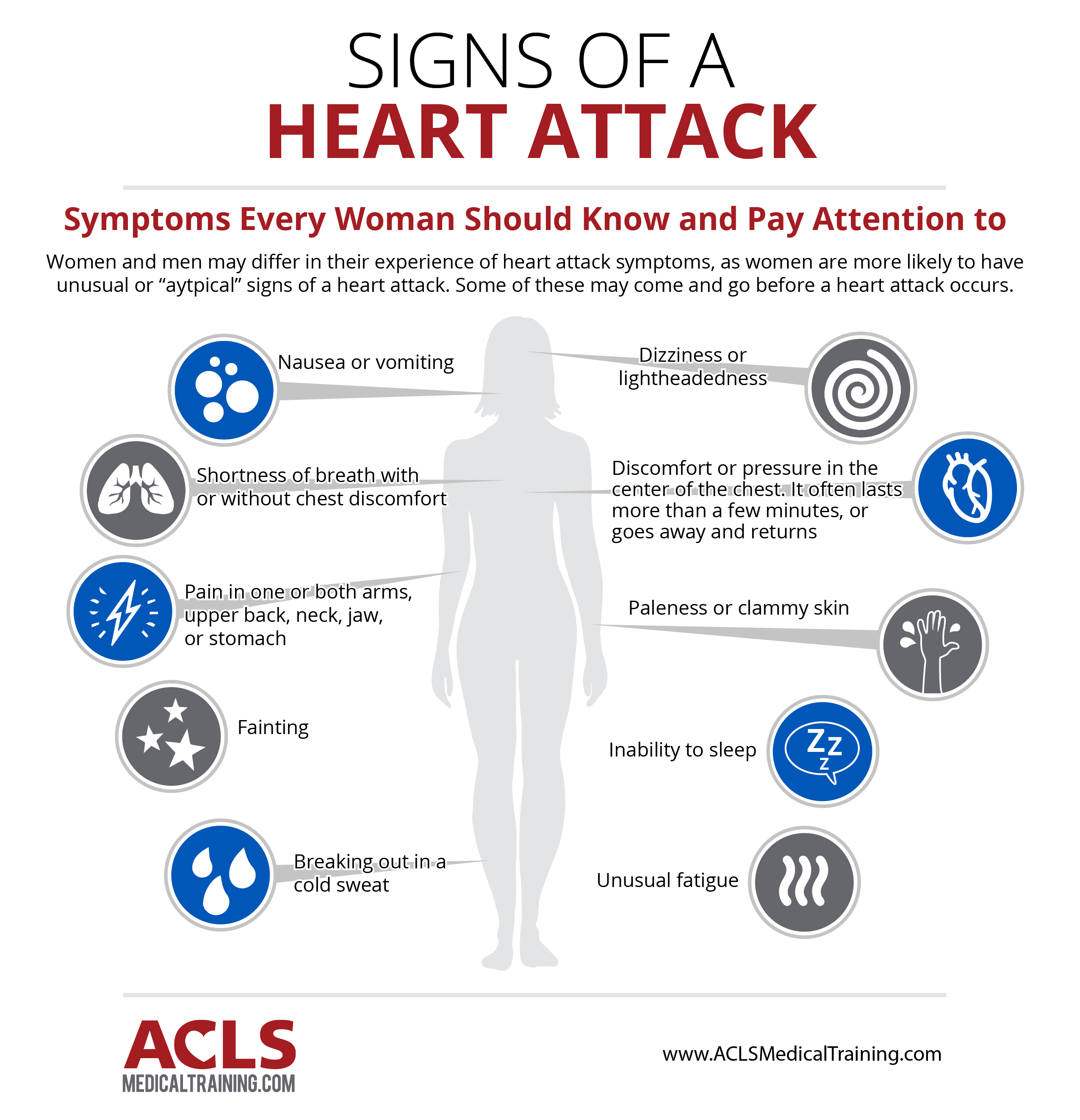

 You also may have a stiff neck, headache, confusion, or loss of balance. Symptoms may appear as late as 2 months after you have eaten something with Listeria. Many pregnant women do not have any symptoms. Even if you do not feel sick, you can pass the infection to your fetus.
You also may have a stiff neck, headache, confusion, or loss of balance. Symptoms may appear as late as 2 months after you have eaten something with Listeria. Many pregnant women do not have any symptoms. Even if you do not feel sick, you can pass the infection to your fetus. Listeriosis also can cause death in newborns.
Listeriosis also can cause death in newborns. Do not eat sushi made with raw fish (cooked sushi is safe). Cooking and pasteurization are the only ways to kill Listeria.
Do not eat sushi made with raw fish (cooked sushi is safe). Cooking and pasteurization are the only ways to kill Listeria.
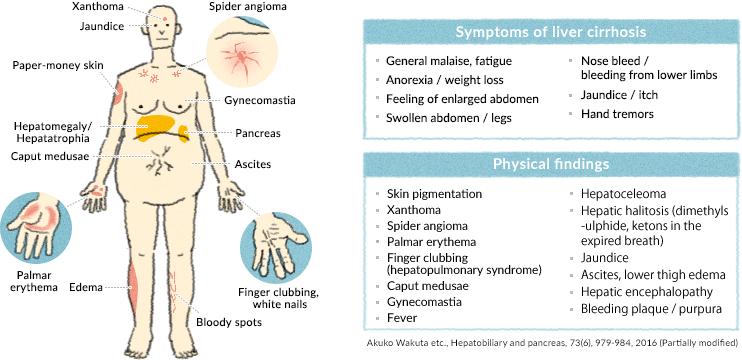 Cook food immediately after thawing in a microwave or cold water.
Cook food immediately after thawing in a microwave or cold water./implantation-bleeding-or-early-miscarriage-2371266_V22-9ee423cc0f334d29b0f2639baedbb480.png)
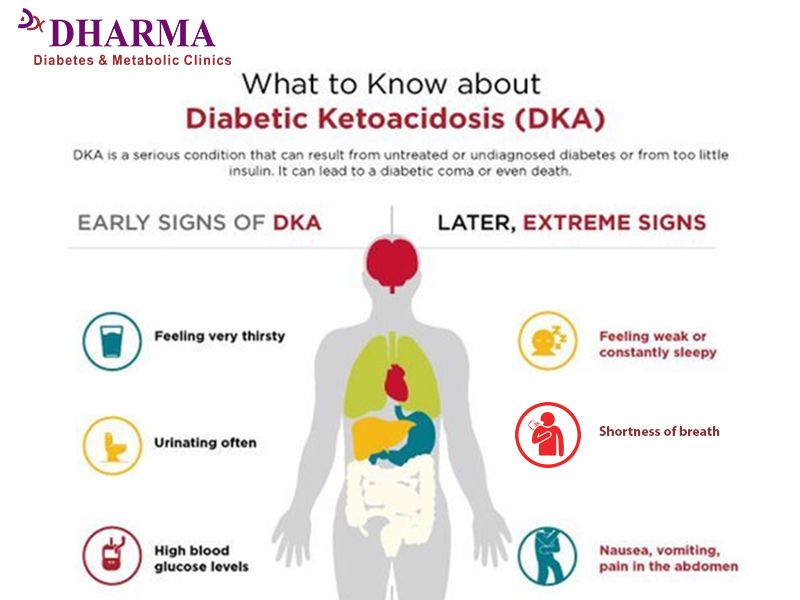
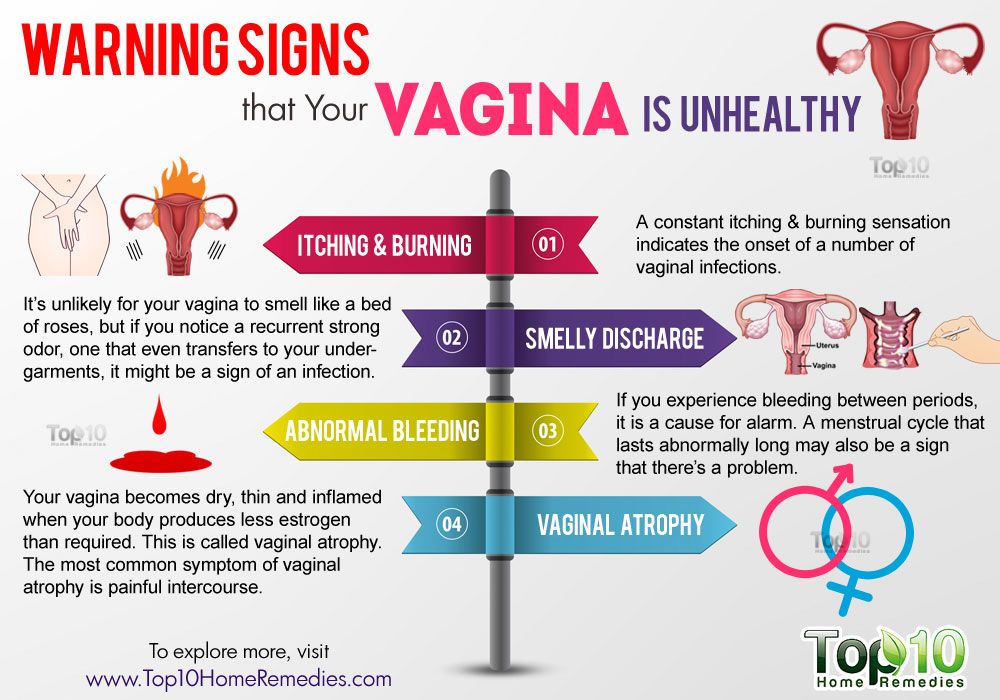

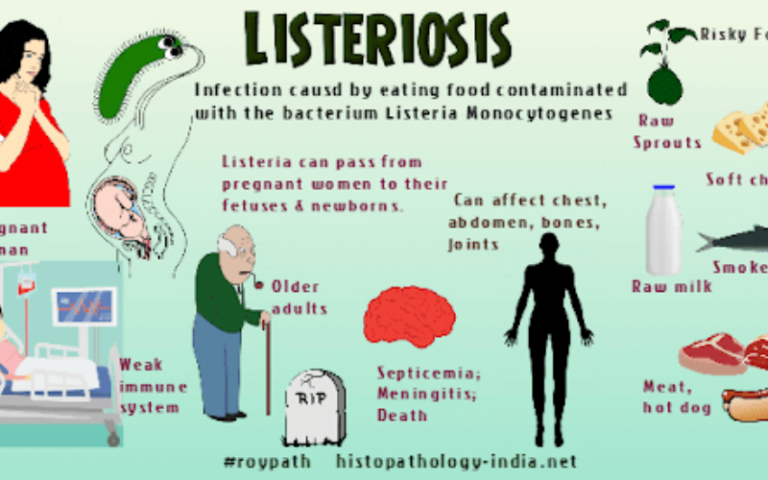 In this case, it is necessary to use detergent and hot water.
In this case, it is necessary to use detergent and hot water.